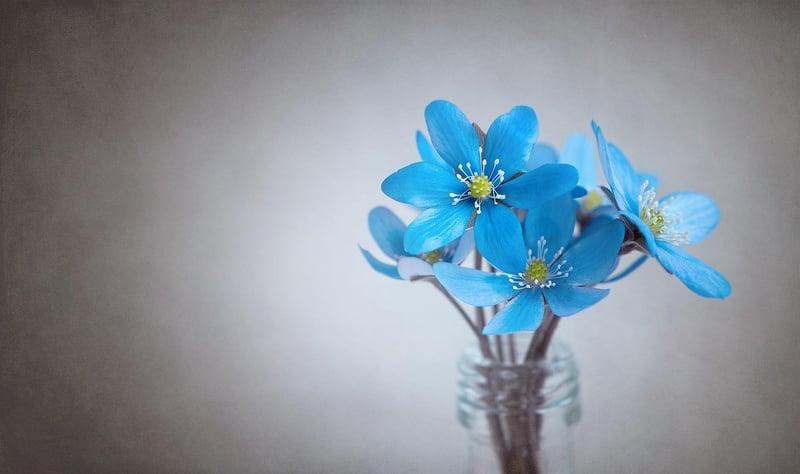Pruning Techniques
Essential Plant Care Methods + Pruning Techniques
Introduction
Proper plant care and pruning techniques are essential for maintaining the health and beauty of your plants. Whether you are a seasoned gardener or just starting out, understanding the basics of plant care and pruning will help you promote growth and ensure your plants thrive.
Essential Plant Care Methods
Here are some essential plant care methods to keep your plants healthy:
- Watering: Ensure your plants receive an adequate amount of water, taking care not to overwater or underwater.
- Sunlight: Place your plants in areas where they can receive the appropriate amount of sunlight based on their specific needs.
- Soil Quality: Use well-draining soil and consider adding fertilizers to provide essential nutrients to your plants.
- Pest Control: Regularly inspect your plants for pests and take appropriate measures to control infestations.
- Pruning: Regularly prune your plants to remove dead or overgrown branches, promoting new growth and maintaining shape.
Pruning Techniques
Pruning is a crucial aspect of plant care that helps improve the overall health and appearance of your plants. Here are some common pruning techniques:
- Deadheading: Removing dead or faded flowers encourages the plant to produce new blooms.
- Thinning: Removing excess branches allows for better air circulation and light penetration, reducing the risk of disease.
- Heading Back: Cutting back branches to a bud or lateral branch promotes new growth and maintains the plant's shape.
- Rejuvenation Pruning: Cutting back old or overgrown plants to stimulate new growth and rejuvenate the plant.
Conclusion
By following these essential plant care methods and pruning techniques, you can ensure that your plants remain healthy, vibrant, and beautiful. Regular maintenance and proper care will help your plants thrive and enhance the overall aesthetic of your garden or indoor space.
Remember, each plant species may have specific care requirements, so it's essential to research and understand the needs of your plants to provide them with the best possible care.


